 Do your headlights appear cloudy? This not only affects the car’s appearance but also substantially reduces the light’s brightness. This can be a safety hazard during nighttime driving. So, what are the causes of foggy headlights and what can you do to restore them?
Do your headlights appear cloudy? This not only affects the car’s appearance but also substantially reduces the light’s brightness. This can be a safety hazard during nighttime driving. So, what are the causes of foggy headlights and what can you do to restore them?
What Causes Foggy Headlights?
Headlights become foggy over time as a result of weather exposure. Most headlight lenses are made from acrylic, which oxidizes when exposed to UV rays. Newer cars have a coating over the lenses to prevent oxidization, but the coating eventually wears off.
Flying debris in the form of road salt, dirt, and gravel smacks against the headlights. This contributes to the coating’s wearing out. Debris also causes scratches and pits that contribute to the faded and clouded appearance.
Headlights these days are also made with a watertight seal. The seal can eventually break, leaving an opening that causes condensation to form inside the lenses. The water scatters the light beam, diminishing its brightness.
How to Prevent It
Prevent as much sun exposure as you can. This means parking in the garage or in the shade. If neither option is possible, then park with the headlights facing away from the sun. You should also wash the headlights with every car wash. Polish afterwards using a non-abrasive polishing solution.
How to Treat It
Some people wash with baking soda or toothpaste to un-fog the headlights. This removes the oxidation but does not prevent future clouding. A professional cleaning is necessary to permanently restore the headlights.
We’ll Make Your Headlights Look Like Brand New
Bring your car to Bellingham Detail Auto Glass to give it a touchup. Our auto detail covers a full cleaning inside and out. Foggy headlights are not only an eyesore but also pose a potential safety hazard for nighttime motorists.
Edited by Justin Vorhees
Full Headlight Restoration and Cleaning
Expert auto detail, auto glass and car wash in Bellingham, Ferndale, Blaine, Fairview, Deming, Lynden, Lummi Island, Sudden Valley, Laurel & Everson

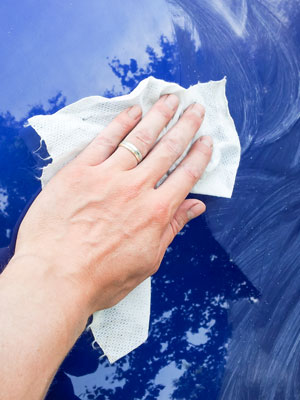 Many car owners are familiar with polishing and waxing a car. However, not many know how to apply car clay, or have even heard of the concept. We’ll explain how car clay works and when and how to apply it.
Many car owners are familiar with polishing and waxing a car. However, not many know how to apply car clay, or have even heard of the concept. We’ll explain how car clay works and when and how to apply it.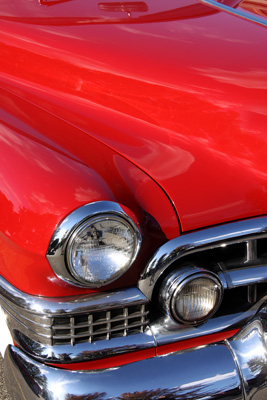 Washing a classic car isn’t a whole lot different than washing any other vehicle. You want to take a few precautions, however, to ensure you don’t leave behind any scratches, watermarks, or those dreaded swirl marks. This is especially the case if you will enter your vehicle in a car show soon.
Washing a classic car isn’t a whole lot different than washing any other vehicle. You want to take a few precautions, however, to ensure you don’t leave behind any scratches, watermarks, or those dreaded swirl marks. This is especially the case if you will enter your vehicle in a car show soon.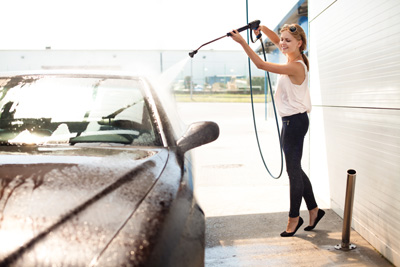 Handwashing a car vs using an automatic car wash both have their respective pros and cons. Obviously, we’re a bit biased in favor of the former, since we employ live people to perform the cleaning. We don’t believe in automated machines. It just makes the job feel industrialized and impersonal. Nevertheless, we’ll break down the pros and cons of each.
Handwashing a car vs using an automatic car wash both have their respective pros and cons. Obviously, we’re a bit biased in favor of the former, since we employ live people to perform the cleaning. We don’t believe in automated machines. It just makes the job feel industrialized and impersonal. Nevertheless, we’ll break down the pros and cons of each. It’s easy for unpleasant odors to accumulate in an enclosed space like a car cabin. We have cleaned thousands of cars, and quite a few had interiors that smelled like cigarettes, old laundry, or dirty pet fur. We recommend that clients top off their
It’s easy for unpleasant odors to accumulate in an enclosed space like a car cabin. We have cleaned thousands of cars, and quite a few had interiors that smelled like cigarettes, old laundry, or dirty pet fur. We recommend that clients top off their  People tend to get a
People tend to get a 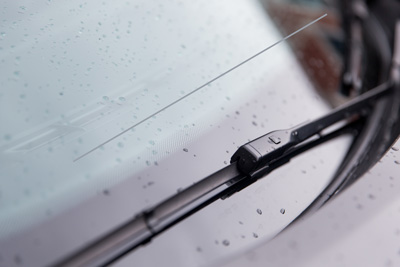 Some people don’t bother to fix a chipped windshield, especially if the damage appears minor. However, there are hidden dangers in a cracked windshield. What appears as just a small spider web crack can actually compromise your safety in the event of a collision. This is why we recommend
Some people don’t bother to fix a chipped windshield, especially if the damage appears minor. However, there are hidden dangers in a cracked windshield. What appears as just a small spider web crack can actually compromise your safety in the event of a collision. This is why we recommend 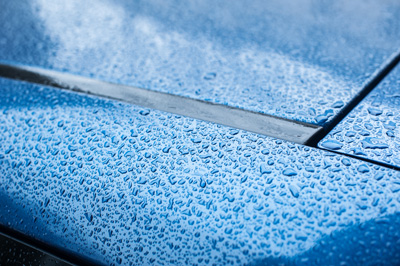 H2O can be your car’s worst enemy. Factors like rain, sprinklers, and even an improper
H2O can be your car’s worst enemy. Factors like rain, sprinklers, and even an improper 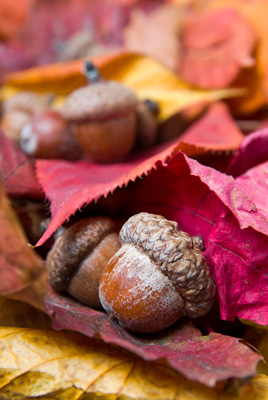 Fall is the time to really pay attention to hazards that can damage your windshield. Debris is especially commonplace in the Bellingham area during this time of year. Be mindful of
Fall is the time to really pay attention to hazards that can damage your windshield. Debris is especially commonplace in the Bellingham area during this time of year. Be mindful of  If your vehicle is in need of quality
If your vehicle is in need of quality 
